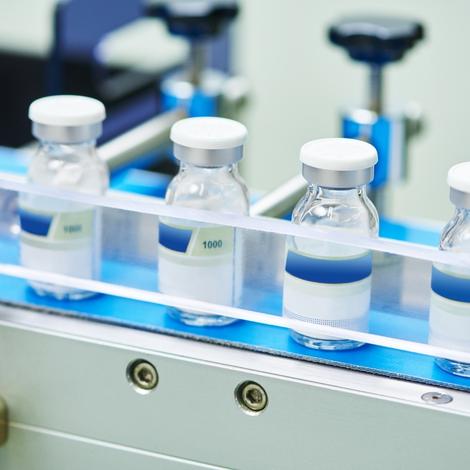
Indian patent law on pharmaceuticals differs from other countries in several ways, some of which are among the most debated IP topics domestically.
Indian patent law provides for a stricter bar and an additional test of patentability for pharmaceuticals. Besides novelty and inventive step, pharmaceutical patents must undergo a test under section 3(d) of the Patents Act. Section 3(d) provides that “the mere discovery of a new form of a known substance which does not result in the enhancement of the known efficacy of that substance” is not patentable under the Act. The explanation to the section states that substances such as salts, esters and polymorphs shall be considered as the same substance unless they differ significantly over the substance’s known efficacy.
The explanation to section 3(d) lists many different types of substance, and the lack of proper interpretation has often led to a negative outcome for innovations. One of the key concerns is that the identification of what is “a known substance” and what is its “known efficacy” is often inconsistent and left up to the examiner’s interpretation. Section 3(d) is often used and abused against primary patents as well. It is pertinent to note that the Act does not in any way bar the protection of incremental innovations, but only requires that they must pass the additional test of section 3(d). More often than not, opponents use this provision blatantly to challenge patents without its correct applicability to the claimed invention.

